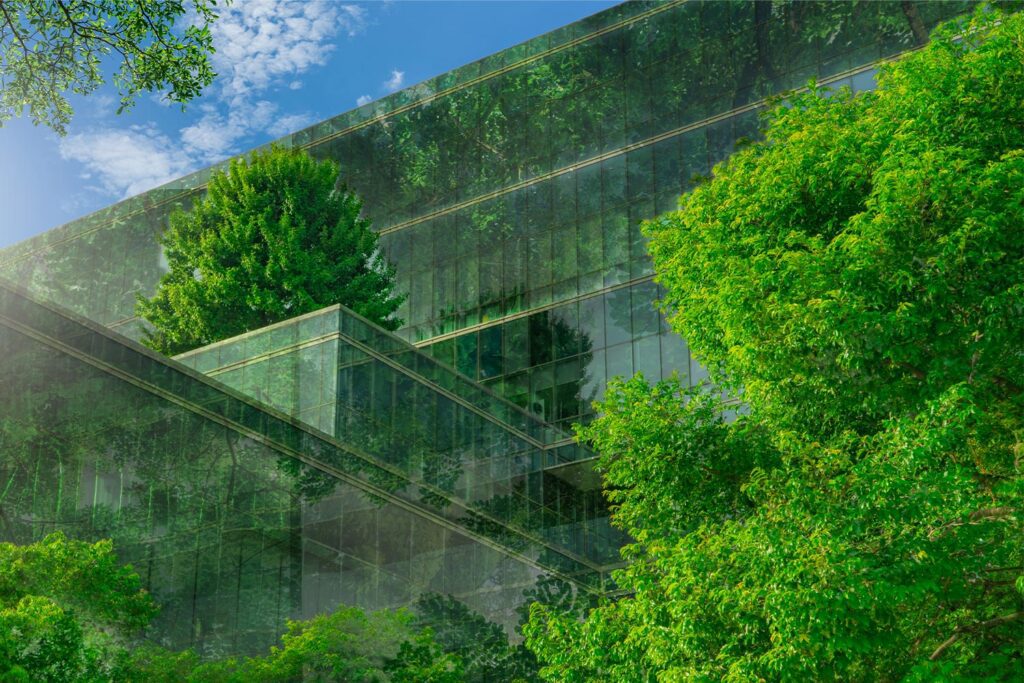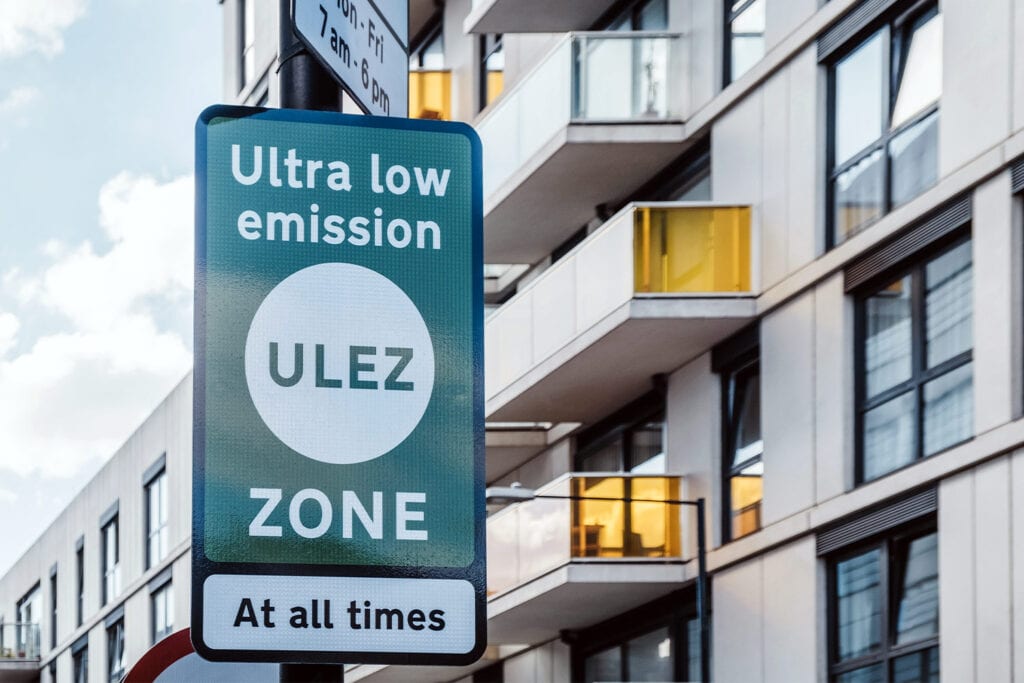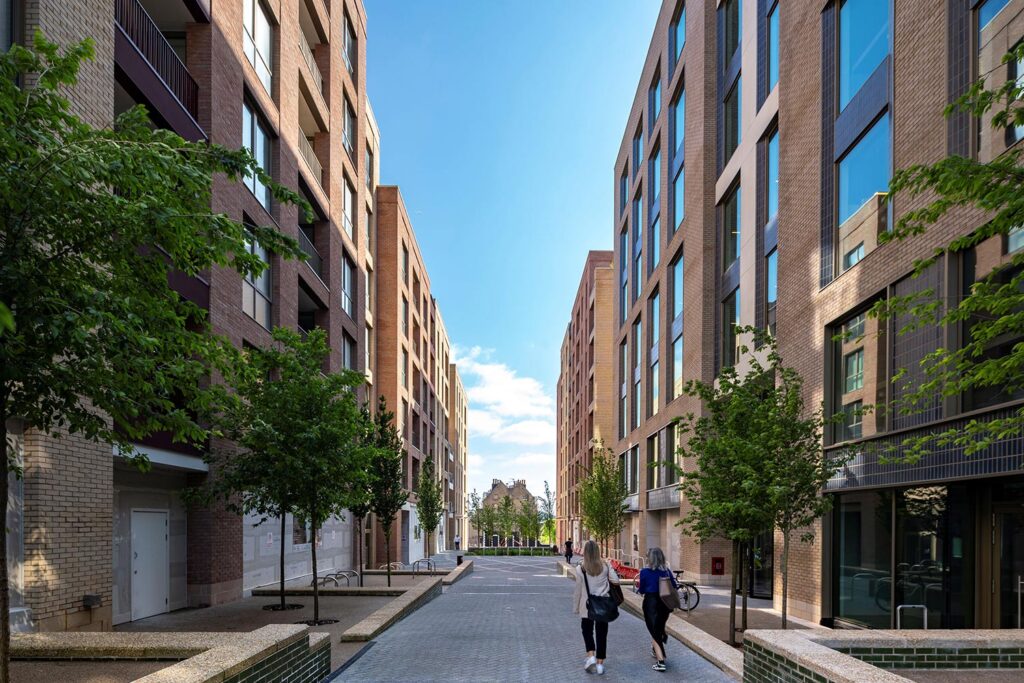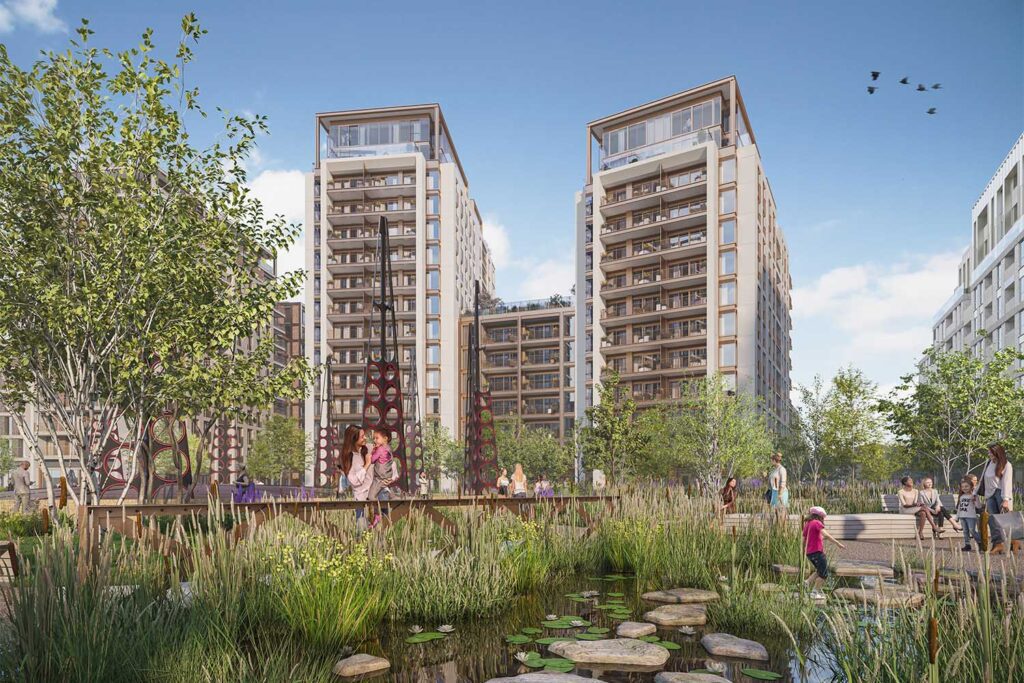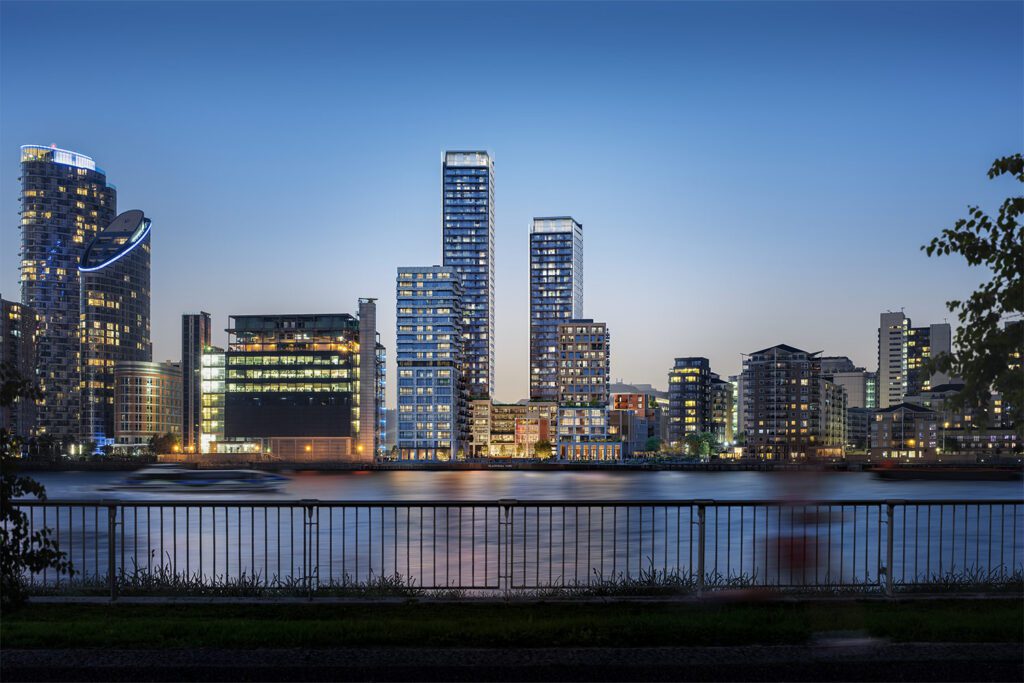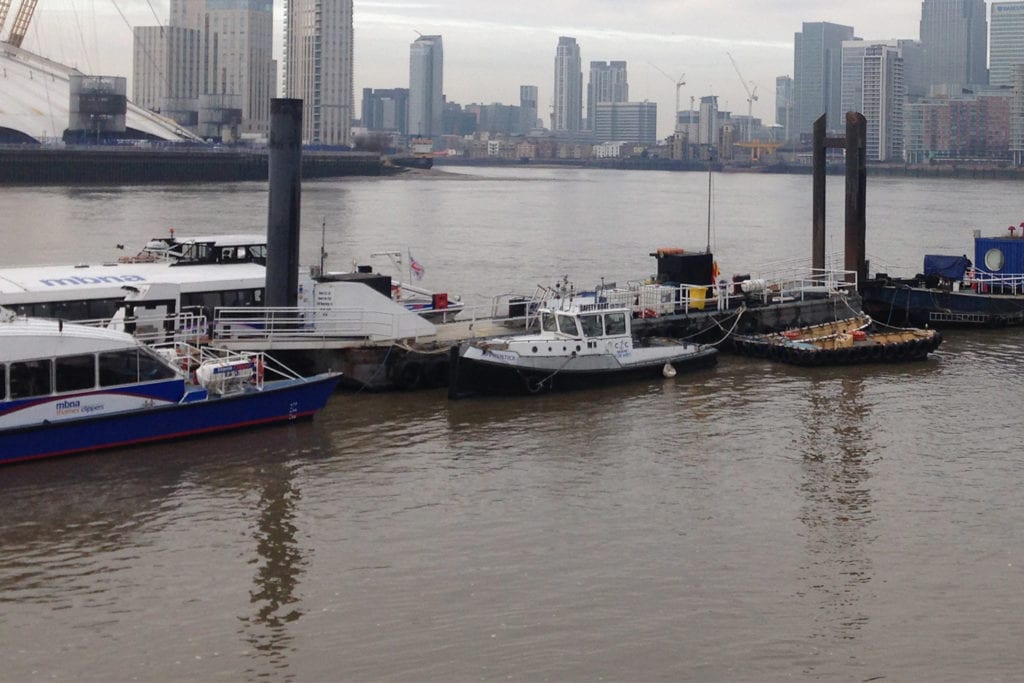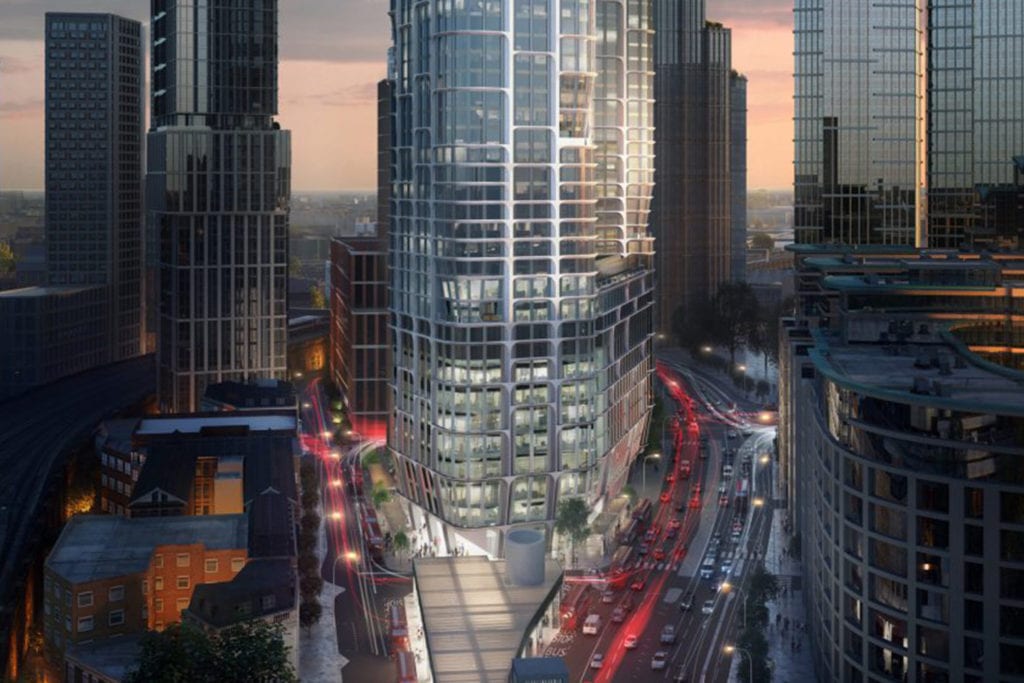Our air quality expertise and wealth of experience allow our team to provide a wide range of consultancy and design input services to suit our client’s needs. We work on projects across the globe, appreciating the unique aspects and opportunities each project brings and tailoring our approach to meet local and regional requirements and implement international best practices.
Air quality assessment
We take a joined up and holistic approach, collaborating across many disciplines, helping us produce informed and cohesive deliverables and valued advice. This is illustrated by the recent success of Blackwall Yard, an urban regeneration project within Tower Hamlets. Air Quality was one of the leading issues on site due is existing pollution sources nearby, including the Blackwall Tunnel Ventilation Shaft and nearby data centres. It was vital to undertake optioneering studies considering the spatial layout of the development and options for mitigation. Through close cross-discipline collaboration with the planners, architects and Buro Happold’s MEP and acoustics teams, the final design of the development minimised air quality impacts and helped ensure the successful planning approval, with the development winning an award in the New London Awards 2021.
We bring value to our clients through extensive knowledge of; industry best practices, planning policy and the planning system relating to air quality. This is supplemented by our skill in dispersion modelling and geographical information systems, which both play key roles in producing our assessments. Ultimately, this skill and knowledge allows us to assess whether or not a scheme is creating harmful exposure to air pollutants and is compliant with air quality legislation and standards, but more importantly, protects the health of future site users and the local environment.
Design input
Air quality is an increasingly prominent issue across the globe and is an important consideration in the built environment. In many countries, including the UK, there are much higher standards and a greater level of scrutiny of the impact of new development on air quality than in the past. For example, new large-scale developments in London must now make an active contribution to improving air quality, known as Air Quality Positive.
Our input is most valuable to clients when we are involved in the earliest stages of a project. Whether this is through site feasibility studies before land acquisition, or through reviews of emerging designs, early involvement allows us to define the constraints and opportunities of a proposal and design out any issues.
This ensures air quality is a consideration from the conception of a project, and we are able to influence design and project strategy to ensure emissions and exposure are minimised. Working closely with a wide range of disciplines allows cohesive and joined-up thinking, which provide synergistic benefits across a wide range of disciplines.
Designs are often dynamic, meaning that our input and advice must also be dynamic. Achieving air quality positive is an iterative process whereby constraints are identified, designs are reviewed and tested, improvements to design are suggested, and then new designs are re-tested. This process is continued until there is confidence that a development will have a positive impact on its surrounding air quality.
Masterplans
When bringing new life to part of a city or region, the health of new site occupants should be a key consideration. Any new master plan development should make an active contribution to improving air quality and should not have detrimental impacts on the air quality of surrounding populations and ecological assets. Through specialist advice, detailed review and collaboration with key design team members, we seek to ensure this happens on projects around the world.
Every country has its own specific air quality issues and standards. Our vast experience and comprehensive approach allow us to take careful consideration of region-specific issues and ensure the relevant standards are adhered to.
When contributing design input for a proposed state-of-the-art medical facility in Qatar, we identified the air quality constraints of the region, which is often impacted by dust storm events. Considering these constraints allowed us to inform siting, orientation and separation of buildings in the development and propose mitigation strategies to maintain good indoor and outdoor air quality. Our input will help protect staff, visitors and highly sensitive patients from harmful air pollution episodes.
Construction assessment
Dust and pollutant emissions from construction activities can impact the health and amenity of surrounding populations and negatively impact local ecology. We can advise on how these impacts can be mitigated.
Dust emissions occur from a wide range of construction activities, meaning that possible mitigation measures are varied and far-reaching. The mitigation measures we provide are bespoke to a project and depend on the characteristics of the scheme, such as the scale of demolition, the geological composition of the earth and the construction techniques proposed. When implemented by a contractor, these measures can help prevent both health impacts and minimise any nuisance complaints or loss of amenity.
Our specialist services include:
- Air quality assessments (either as standalone reports or as part of an Environmental Statement)
- Air quality design advice and masterplan design input
- Air quality positive statements
- Air quality neutral assessment;
- Air quality design advice
- Low emission strategies
- Site feasibility/constraints & opportunities studies
- Construction dust assessments
Project highlights
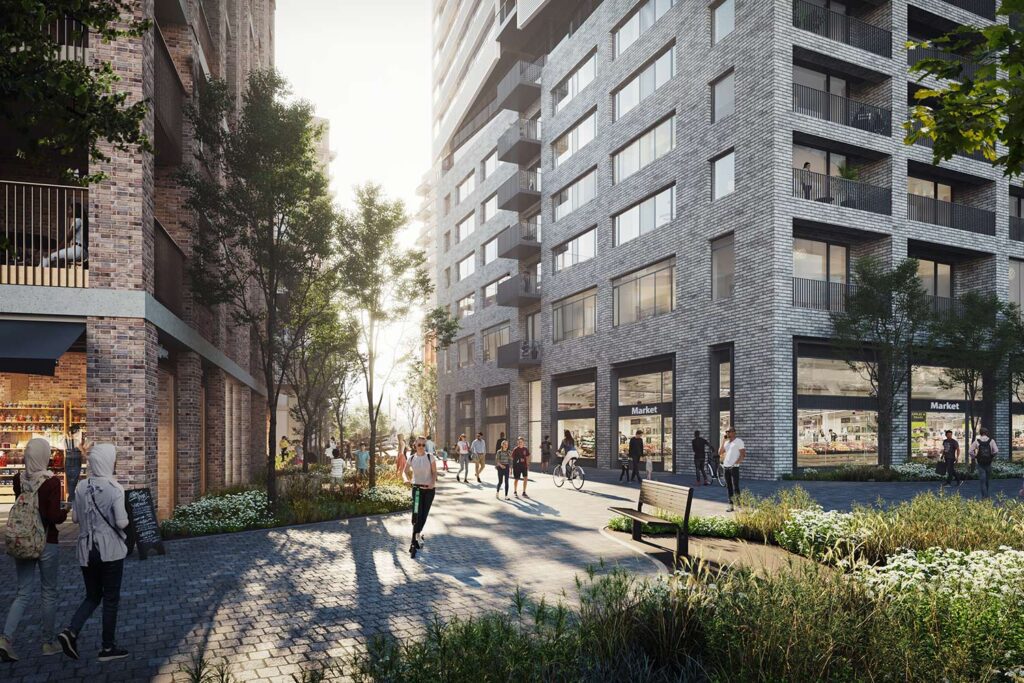
Blackwall Yard
London, UK
Blackwall Yard will be a new neighbourhood which opens up the site, respects the area’s rich history and brings to life this part of the Thames front. Air quality was a key constraint on the site due to the proximity to a nearby data centre, and major arterial road. Through close collaboration with Buro Happold teams (MEP and Acoustics) and the architects the scheme was designed in a way to protect future site users to air and noise pollution, and to put wellbeing first.
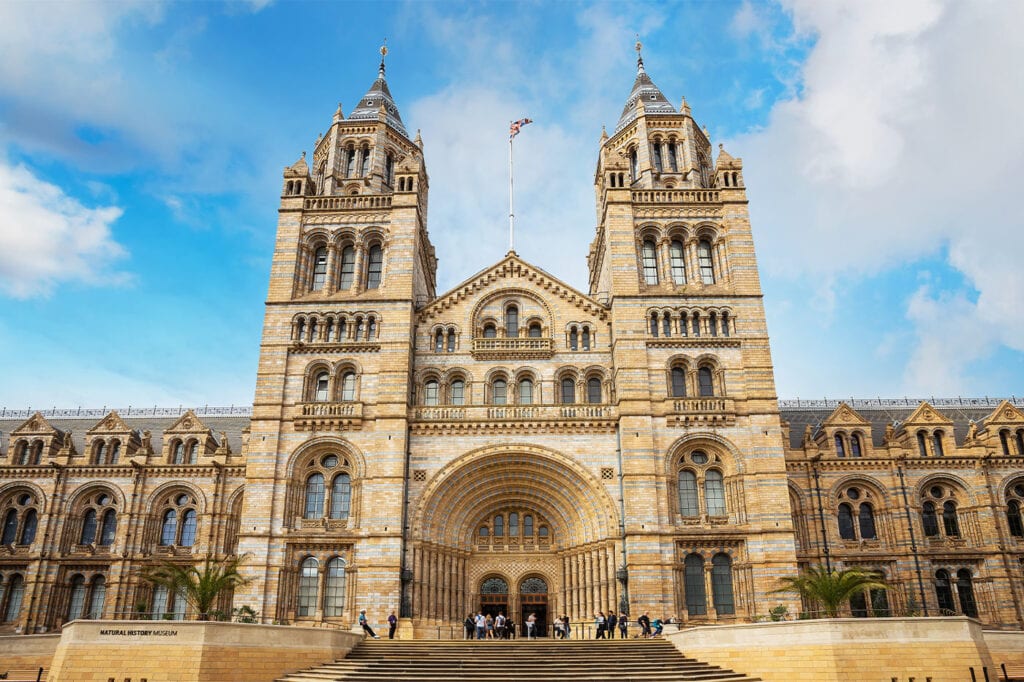
Natural History Museum
London, UK
Buro Happold undertook a vast scope of work on the improvement and future-proofing of the Natural History Museum. Our air quality consultants undertook a planning assessment and helped to ensure the new urban garden was designed to minimise exposure to the high pollutant concentrations present across the capital.


